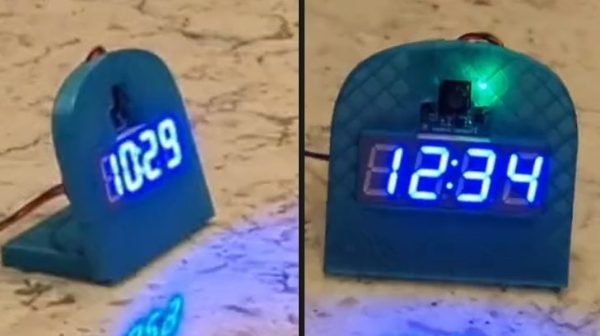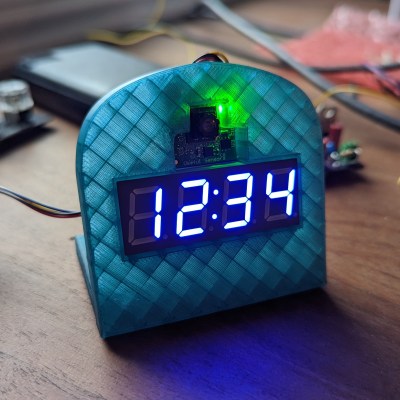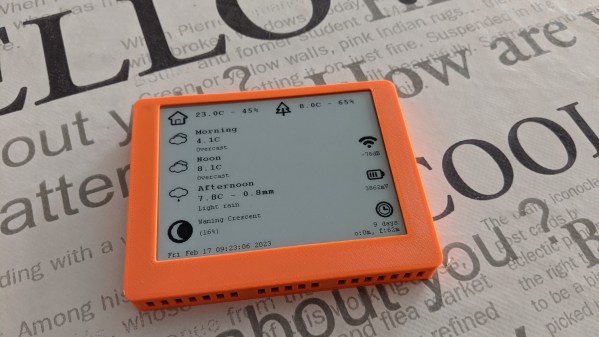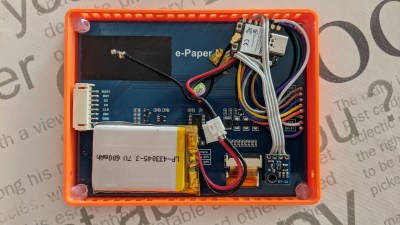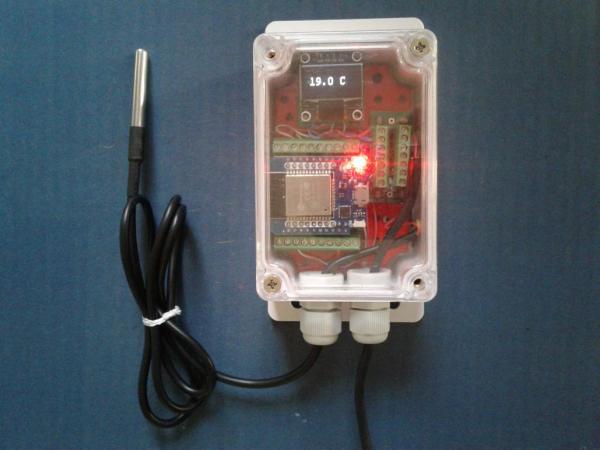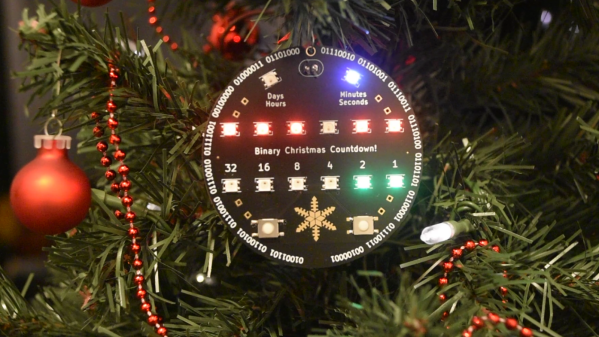[Irak Mayer] has been exploring IoT applications for use with remote monitoring of irrigation control systems. As you would expect, the biggest challenges for moving data from the middle of a field to the home or office are with connectivity and power. Obviously, the further away from urbanization you get, the sparser both these aspects become, and the greater the challenge.
[Irak] solves his connectivity problem by assuming there is some WiFi network within range, building a system around the Blues Wireless WiFi note card. Substituting their cellular card would be an option for applications out of WiFi range, but presumably without changing too much on the system and software side of things. Leveraging the Adafruit FeatherWing INA219, which is a bidirectional current sensor with an I2C interface, for both the power generation and system consumption measurements. For control, [Irak] is using an Adafruit ESP32 board, but says little more about the hardware. On the software side, [Irak] is using the Blues Wireless NoteHub for the initial connection, which then routes the collected data onto the Adafruit IoT platform for collation purposes. The final part of the hardware is a LiPo battery which is on standby to soak up any excess power available from the energy harvesting. This is monitored by an LC709203f battery fuel gauge.
Continue reading “Supercon 2022: Irak Mayer Builds Self-Sustainable Outdoor IoT Devices”



